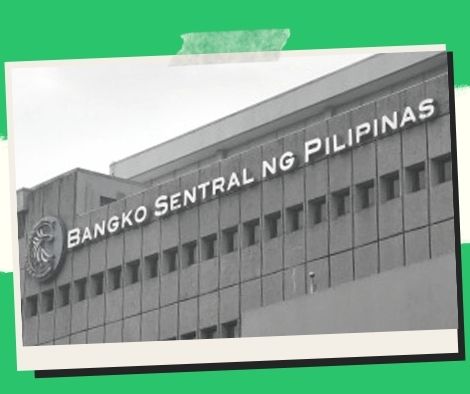
The first batch of polymer peso banknotes will be delivered in April of this year.
Governor Benjamin Diokno of the Bangko Sentral ng Pilipinas (BSP) announced in a press conference on Thursday that the first batch of Philippine peso banknotes will arrive in the country by April next year.
The BSP and the Reserve Bank of Australia, through its subsidiary Note Printing Australia, have agreed to produce polymer PHP1,000 banknotes, according to Diokno.
Australia was the first country to issue a whole series of banknotes made of polymer, and it has since manufactured and sold polymerized banknotes to other nations.
“The PHP1,000 notes will go into circulation in mid-2022,” Diokno stated, adding that the Monetary Board has been talking about using polymer banknotes since 2008.
The polymerized banknotes will circulate alongside conventional banknotes, according to the central bank chief.
Between 2022 and 2025, 500 million PHP1,000 polymer banknotes, or PHP500 billion, will be in circulation, according to BSP vice-governor Mamerto Tangonan.
According to Tangonan, the PHP1,000 banknote is the most extensively circulated bill, accounting for 30% of all Philippine money in circulation.
“The second reason is that it is the denominations that are most frequently counterfeited among the numerous denominations we have.” It is not in danger of losing its security or integrity, but it is the most counterfeited of the many currencies. As a result, it’s better to concentrate the test on the PHP1,000 denomination,” he explained.
The constant touching and cleaning of objects, including banknotes and coins, is one of the reasons why the central bank is pushing for the use of polymer banknotes.
Polymer banknotes, according to Diokno, are less vulnerable to viral and bacterial transmission and can be sterilized without causing damage.
Due to the complexity of their printed pictures and the modern technology utilized in implementing security elements, polymer banknotes are also more difficult to counterfeit.
They are also more durable than paper money, lasting 2.5 to 4 times longer due to their water and dirt resistance.
Polymer banknotes also offer lower overall production costs and are more sustainable and environmentally benign since they have a reduced carbon footprint, use less water and energy, and have less environmental toxicity.
Save/Share this story with QR CODE
Disclaimer
This article is for informational purposes only and does not constitute endorsement of any specific technologies or methodologies and financial advice or endorsement of any specific products or services.
 Need to get in touch?
Need to get in touch?

We appreciate your reading. 
1.) 

Your DONATION will be used to fund and maintain NEXTGENDAY.com
Subscribers in the Philippines can make donations to mobile number 0917 906 3081, thru GCash.
3.) 
4.) 
AFFILIATE PARTNERS

World Class Nutritional Supplements - Buy Highest Quality Products, Purest Most Healthy Ingredients, Direct to your Door! Up to 90% OFF.
Join LiveGood Today - A company created to satisfy the world's most demanding leaders and entrepreneurs, with the best compensation plan today.

 Business, Finance & Technology
Business, Finance & Technology

 Business Technology, Finance Technology & Information Technology
Business Technology, Finance Technology & Information Technology




